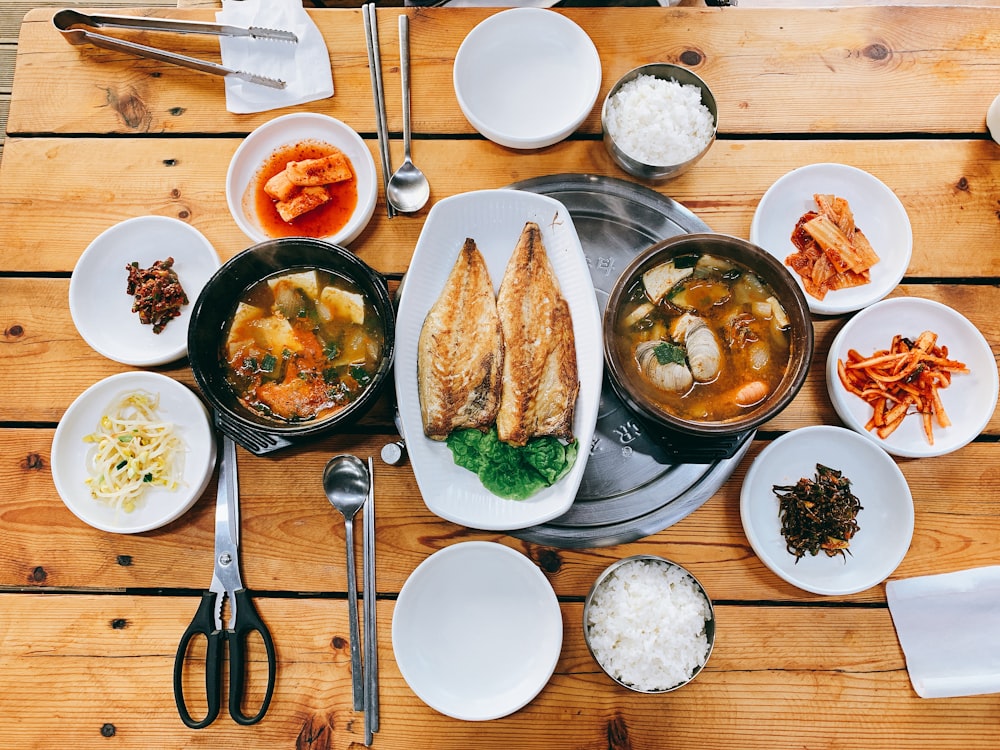The Heart of Tradition: Unveiling the Splendor of China's New Year's Eve Dinner

In the tapestry of Chinese cultural celebrations, the New Year's Eve dinner stands out as a profound emblem of family unity, prosperity, and heritage. Known as "年夜饭" (Nian Ye Fan), this feast embodies the spirit of Chinese New Year, weaving together centuries-old traditions with the warmth of family gatherings. This blog post embarks on a journey to explore the depth and diversity of the New Year's Eve dinner across China, delving into its historical roots, symbolic dishes, and contemporary practices that continue to enrich this cherished celebration.
I. Historical Roots and Significance:
- The Origins of Nian Ye Fan: Delve into the history of the Chinese New Year and the evolution of the New Year's Eve dinner as a pivotal tradition.
- Symbolism and Unity: Explore how the dinner acts as a conduit for expressing wishes for prosperity, health, and good fortune in the coming year.
II. The Rituals of Preparation:
- Preparing the Home: Discuss the customs of cleaning and decorating the home to welcome the new year and ward off evil spirits.
- Food as a Medium of Expression: Detail the meticulous preparation of dishes, each imbued with symbolic meanings and wishes for the future.
III. The Menu of Prosperity:
- Auspicious Dishes: A detailed exploration of traditional dishes served during Nian Ye Fan, including their cultural and symbolic significances.Fish (鱼, Yu): Symbolizing abundance and surplus.
- Dumplings (饺子, Jiaozi): Representing wealth and prosperity.
- Spring Rolls (春卷, Chun Juan): Signifying wealth and renewal.
- Sweet Rice Balls (汤圆, Tang Yuan): Denoting family unity and togetherness.
- Regional Variations: Highlight how the New Year's Eve dinner varies across different regions in China, reflecting the rich tapestry of culinary traditions.
IV. The Convivial Atmosphere:
- Family Reunions: Emphasize the importance of family gatherings, where members often travel long distances to celebrate together.
- The Toasts and Cheers: Discuss the toasts and expressions of good wishes that punctuate the evening, reinforcing family bonds and shared hopes.
V. Contemporary Practices and Innovations:
- Adapting Traditions: Examine how modern lifestyles and diaspora communities have adapted and preserved Nian Ye Fan traditions.
- The Role of Technology: Discuss how technology, through virtual gatherings and online food delivery, has transformed the way families celebrate Nian Ye Fan in the 21st century.
VI. Stories from the Dinner Table:
- Personal Narratives: Share heartwarming stories and personal anecdotes that capture the essence of Nian Ye Fan across generations.
- The Passing Down of Recipes: Highlight how recipes and cooking techniques are passed down, serving as a tangible link to heritage and history.
VII. Nian Ye Fan Beyond Borders:
- Global Celebrations: Explore how Chinese New Year and Nian Ye Fan are celebrated in different parts of the world, showcasing the universality of its themes.
- Cultural Exchange: Discuss how Nian Ye Fan has become a medium for cultural exchange, introducing others to the richness of Chinese traditions.
VIII. Conclusion:
The New Year's Eve dinner is more than a meal; it is a profound celebration of heritage, family, and the enduring spirit of renewal that defines Chinese New Year. As we peel back the layers of Nian Ye Fan, we uncover not just the flavors and dishes that mark this occasion but the indelible bonds of kinship and hope that propel us into the future. As families across China and around the world gather to mark this auspicious occasion, the New Year's Eve dinner stands as a testament to the resilience and vibrancy of Chinese culture and its ability to adapt, thrive, and inspire generation after generation.

































































